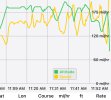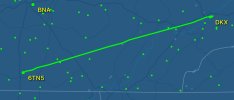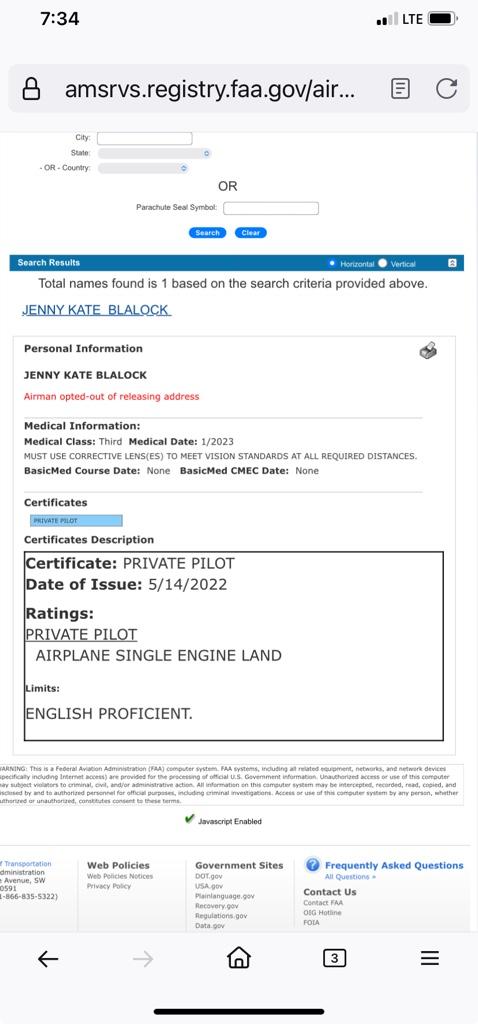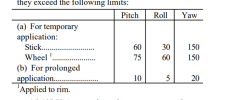Saw that video earlier. She may have been trying to stop what she perceived as the "autopilot causing her to climb" by cranking in manual nose down trim. That's what makes this so maddening. She may not have 1) known how to turn the autopilot off; or 2) decided to manually override it in her way of thinking. The only scenario that makes sense is a bizarre mindset that is frightened to fly without the autopilot yet at the same time refusing to learn how to fly with it when resources are available, e.g. factory customer support or qualified instructors.
This sounds very plausible. If the autopilot was trying to climb when she didn't want it to, and she was keeping the altitude steady by reducing power, and applying down trim so that the autopilot couldn't climb or maybe stall, that might maintain altitude, but that's nuts.
From my read of the report, if both max vertical and horizontal speeds were at the same time, that airplane reached a speed of around 250 knots. Pretty sure that's way over Vne. Also from that report, it sounds like the aircraft was intact when it hit, and trim was estimated to be 5 degrees down at that point.
So expanding on the scenario above, if could have been autopilot flying, with full down trim to attempt to compensate for the AP problem. For whatever reason, pilot disengaged autopilot, and either didn't notice or couldn't correct the descent that probably went past Vne. Seems likely they didn't reduce power to idle, from report evidence. Seems possible that she didn't figure out how to correct down trim until to late, if at all. It also seems possible that when it was significantly past Vne it wasn't recoverable? Or at least not without power reduction.
If the scenario is true, and that's a big if, seems like over-reliance on auto-pilot, using equipment (autopilot) that was known or suspected to not function, lack of understanding of autopilot, lack of understanding of trim operation, lack of understanding and ability to correct from nose down/trim down attitude, lack of attention to and possibly lack of understanding of importance to attitude and airspeed. In my mind that's about 6 different things that lined up to be this version of swiss cheese.
Accurate or not, it doesn't make it any less sad. But might make it more understandable to me.





